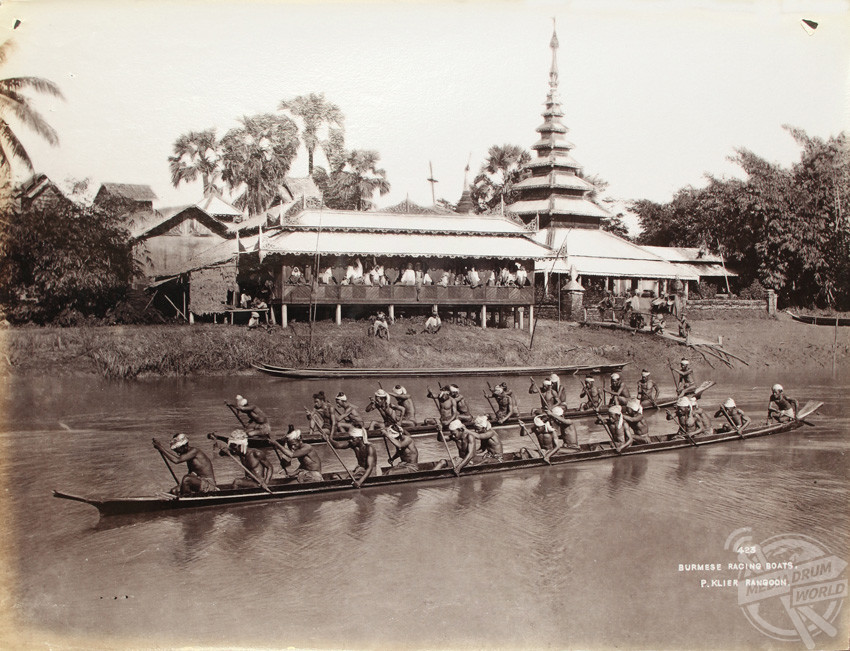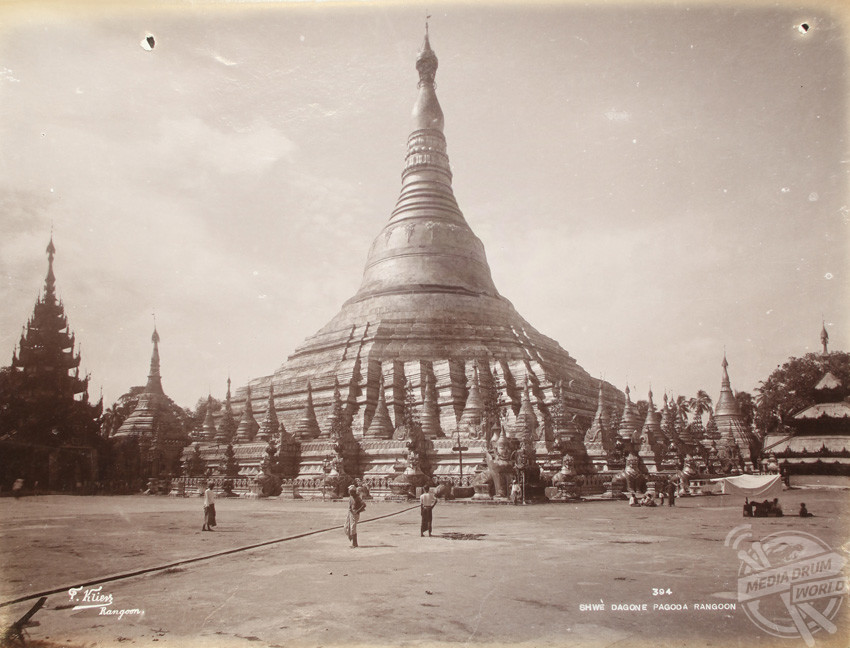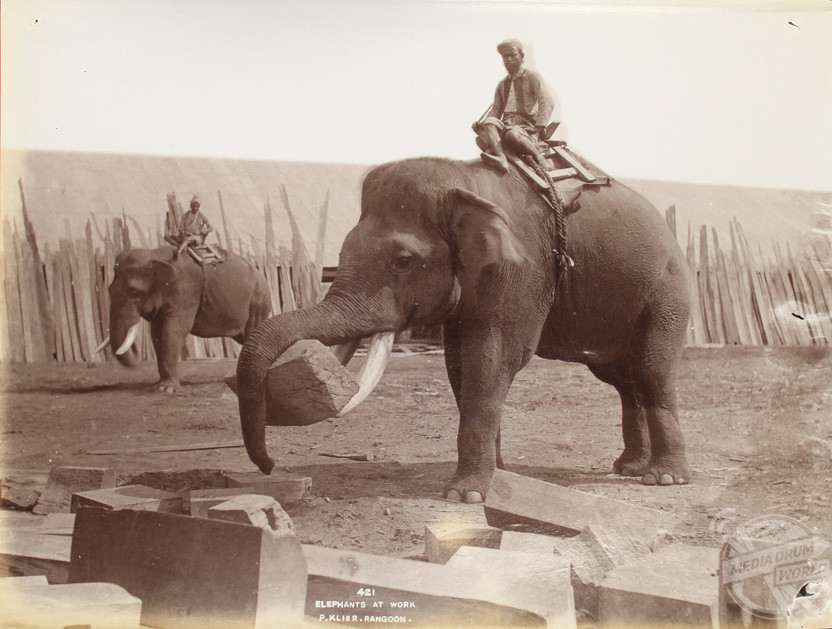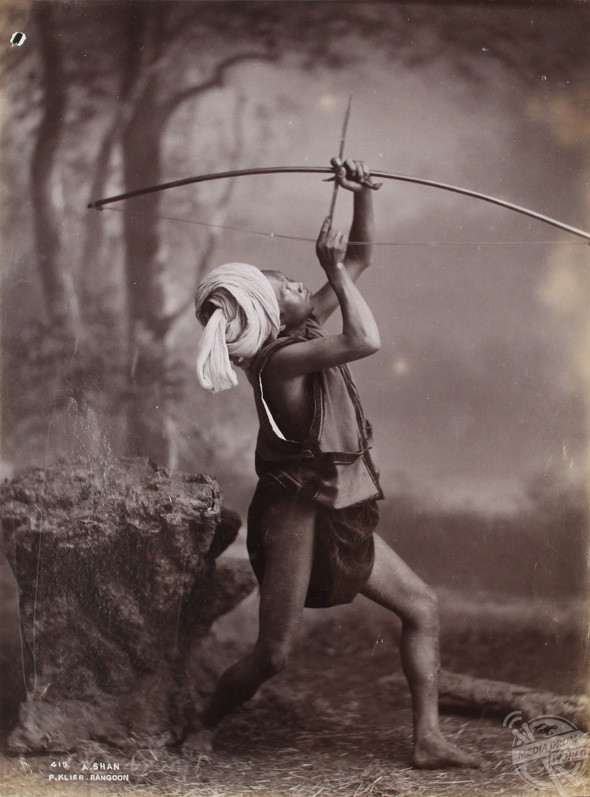By Alex Jones
STUNNING, exquisitely detailed photos capture what life was like in South East Asia under British Rule over a century ago.
Burma, which became Myanmar since 1989, was a British colony from 1824 to 1948 when the country was granted independence after the turbulence of the Second World War.

Remarkable images taken by German photographer Adolphe Philip Klier circa 1900 lend a fascinating insight to how the country and its people operated at the turn of the 19th Century.

Striking shots include a working elephant hauling a weighty load of wood between its tusk and trunk as its rider peers suspiciously at the camera, faithful children undergoing their morning prayer routines, and a happy crowd enjoying an intricate puppet show.

Klier spent decades living in Burma at the end of the 19th and early 20th century. Operating studios in Moulmein and Rangoon, where he was living at the time, he sent these images to London where their mystical beauty attracted international attention.
The captivating shots include a wide range of subjects – from Burma’s eye-catching pagodas to costumed portraits featuring elegant princesses to labourers and their animals working the land – and now belong to the National Archives.







